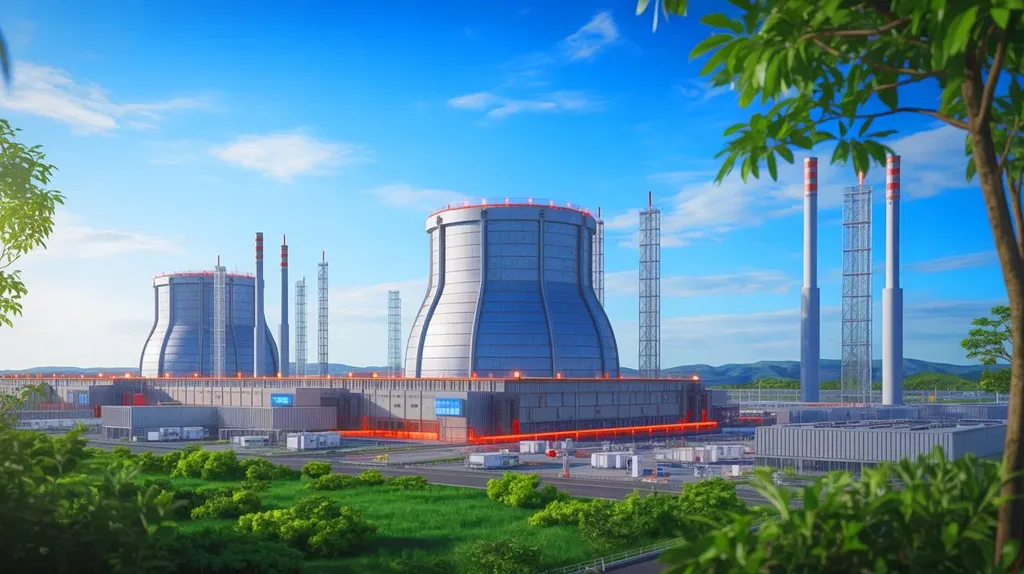In the world of large-scale construction, particularly in the energy sector, safety and efficiency are paramount. A recent study published in the journal *Taiyuan Ligong Daxue xuebao* (translated as *Journal of Taiyuan University of Technology*) sheds light on a critical aspect of silo construction, offering insights that could revolutionize the way we approach these massive projects. The research, led by JIANG Shuning from the College of Civil Engineering at Taiyuan University of Technology, focuses on the load-bearing performance of flexible cable network constructions for the cone-top concrete structures of silos.
Large-diameter silos, often used in the energy sector for storing bulk materials like coal, grain, or other industrial products, present unique challenges during construction. The conical shell at the top of these structures is notoriously difficult to build, with high risks involved. JIANG Shuning and his team set out to address these issues by proposing two innovative modeling and analysis methods: the cable network model and the cable network-frame model.
Using the SAP2000 finite element model, the researchers compared the cable deformation and cable stress of both models. Their findings were significant. The cable network-frame model showed a reduction in the maximum cable force by 11.8% and a remarkable decrease in the maximum vertical displacement by 45.8% compared to the cable network model. “The comprehensive analysis results show that the cable network-frame model is closer to the project reality,” JIANG Shuning explained. “This method is recommended for overall analyses in the structural analyses of such constructions.”
The implications of this research are far-reaching. For the energy sector, where large-diameter silos are a common sight, this study offers a more reliable and safer approach to construction. By adopting the cable network-frame model, construction companies can minimize risks and improve efficiency, ultimately leading to cost savings and enhanced safety for workers.
Moreover, the proposed modeling method provides a valuable reference for the design and construction of conical shell concrete construction support platforms for large-diameter silos. This could pave the way for future developments in the field, encouraging further research and innovation.
As the energy sector continues to evolve, the need for safe, efficient, and cost-effective construction methods becomes increasingly important. JIANG Shuning’s research offers a promising solution, one that could shape the future of silo construction and beyond. By embracing these findings, the industry can take a significant step forward in ensuring the safety and efficiency of large-scale projects.

